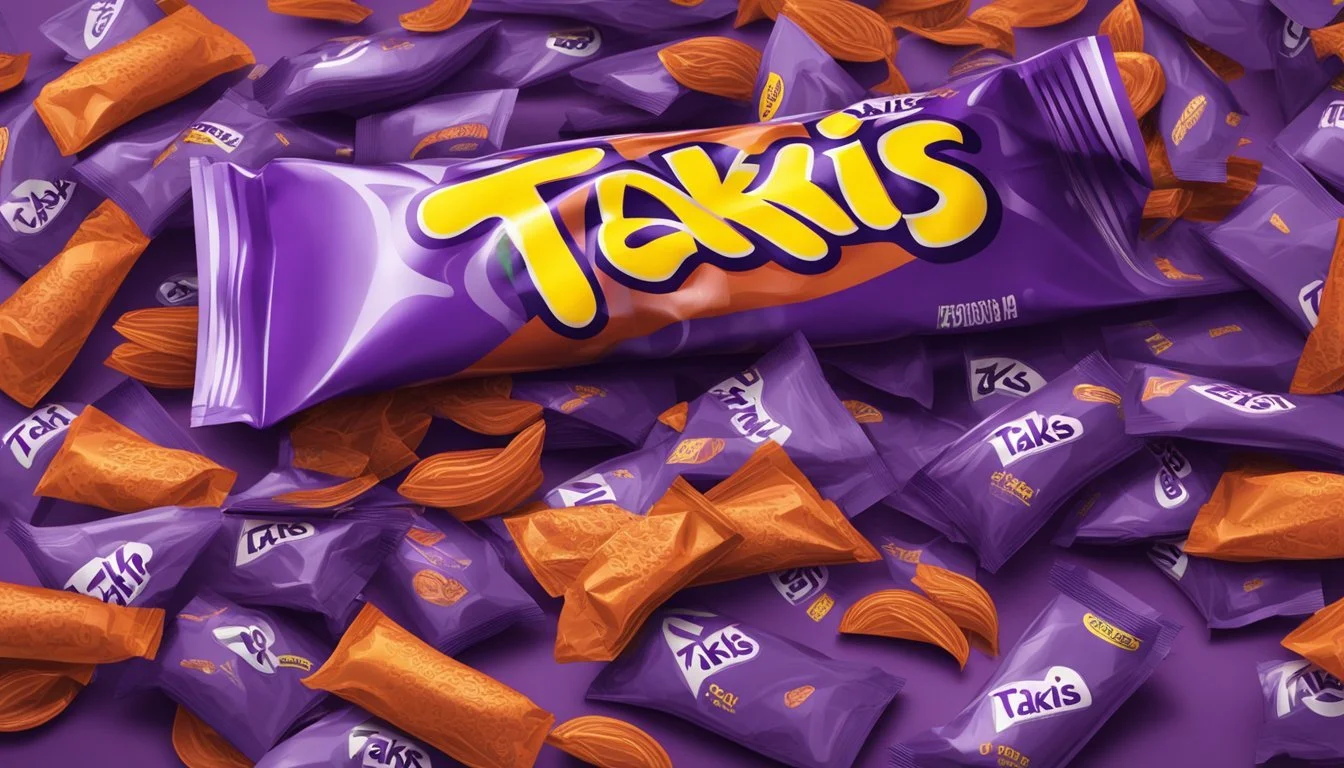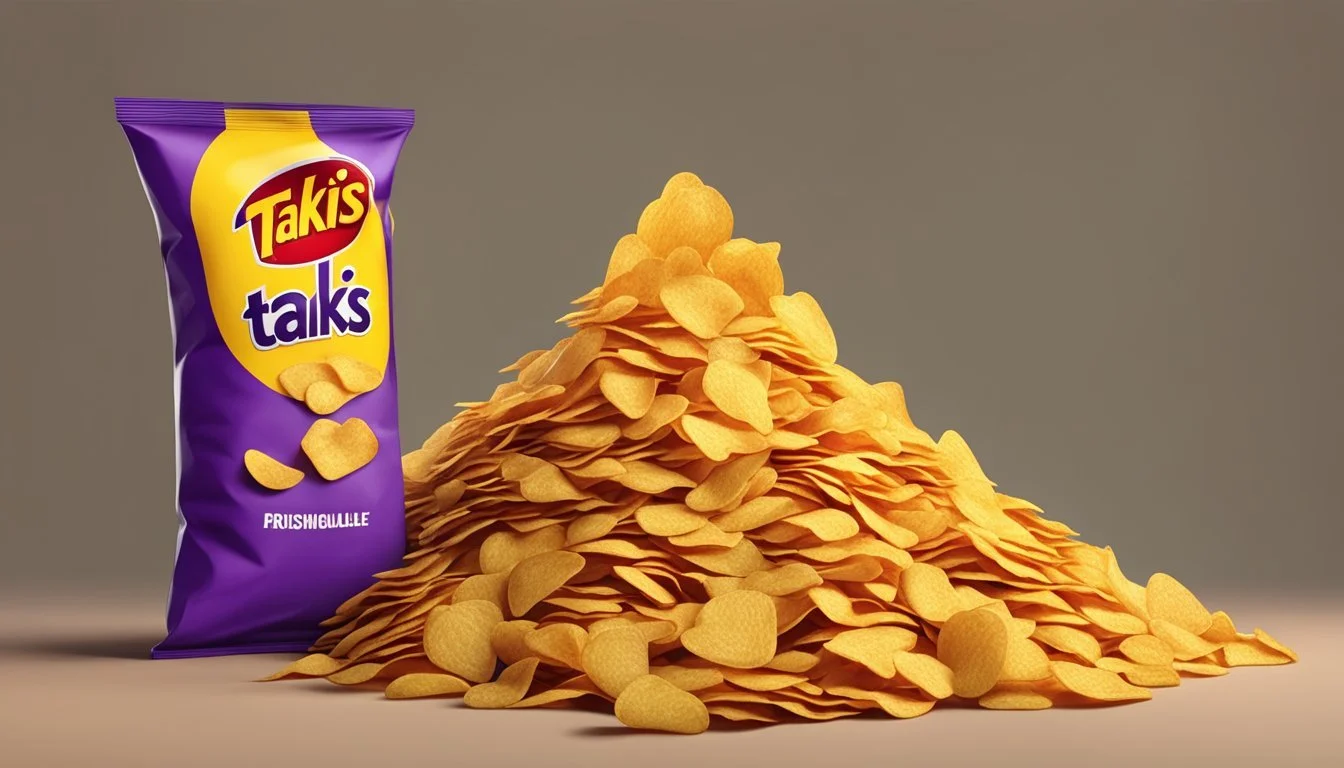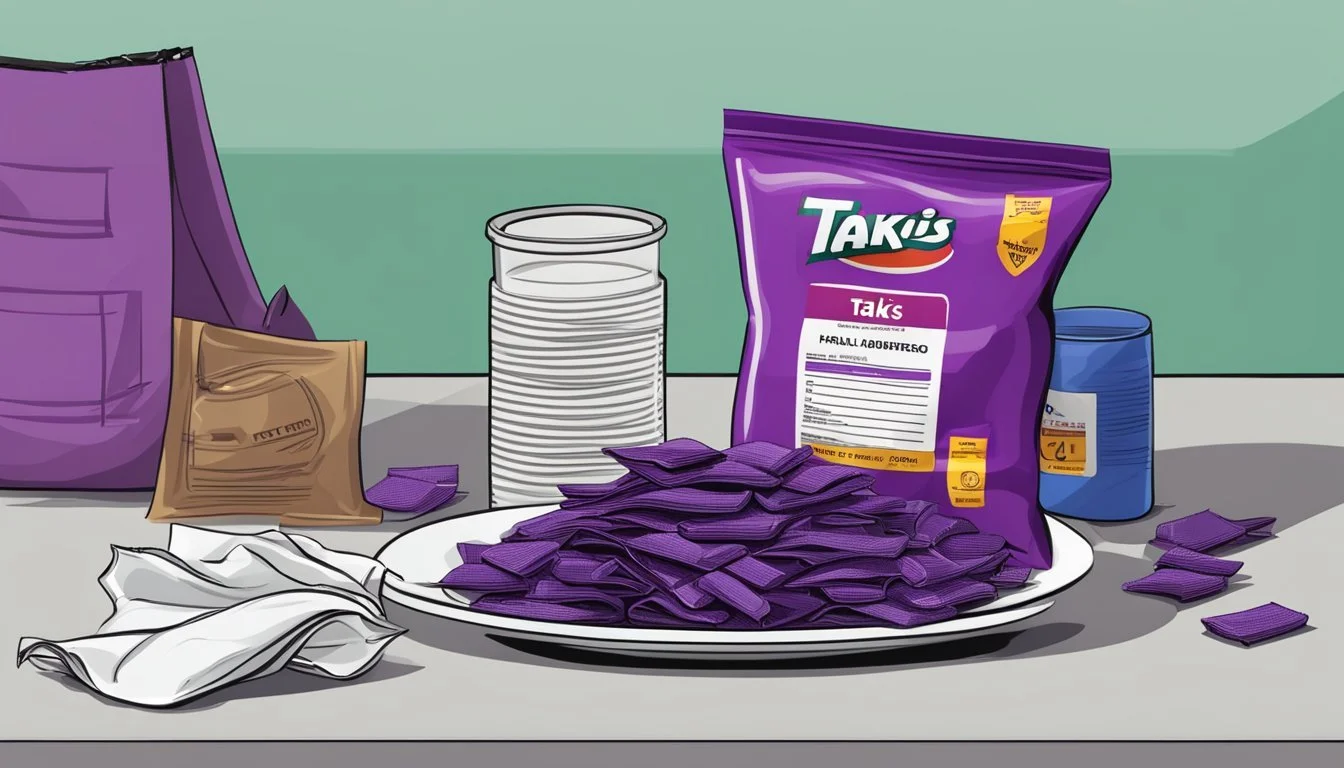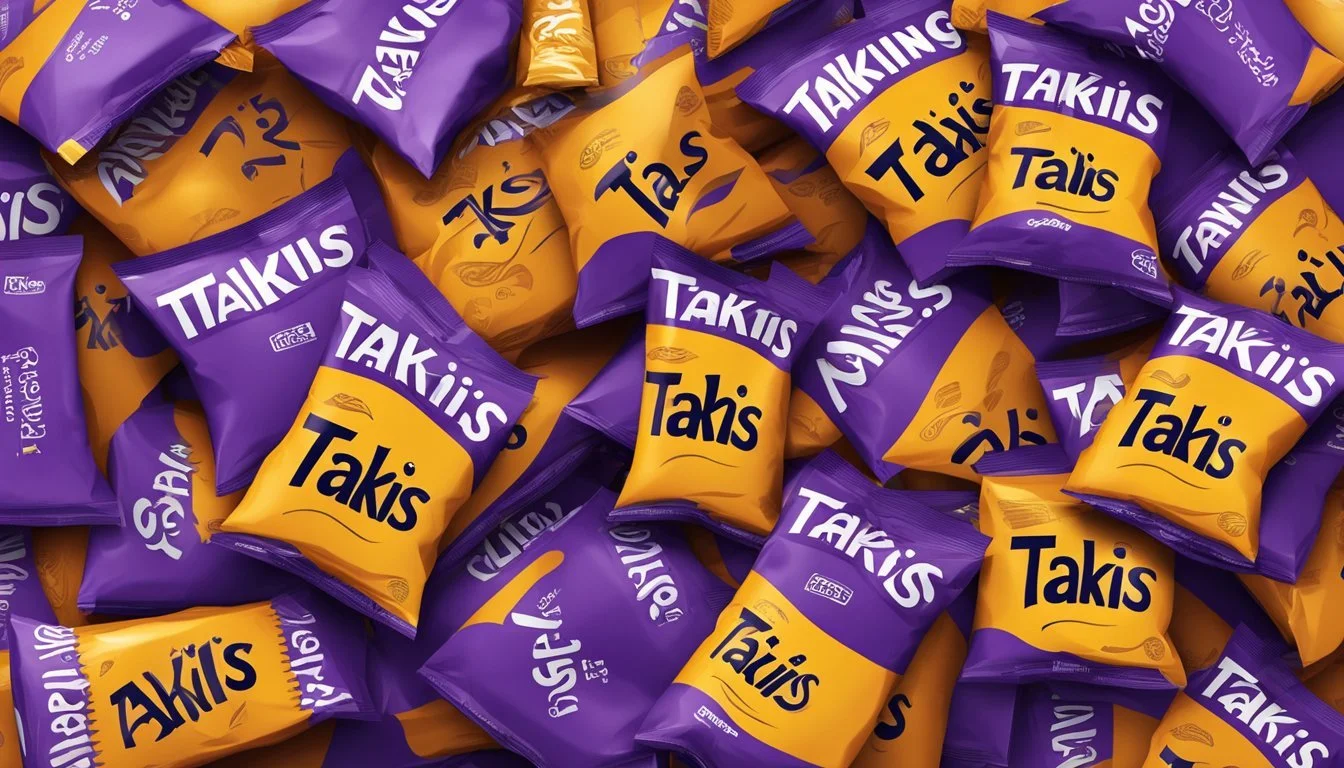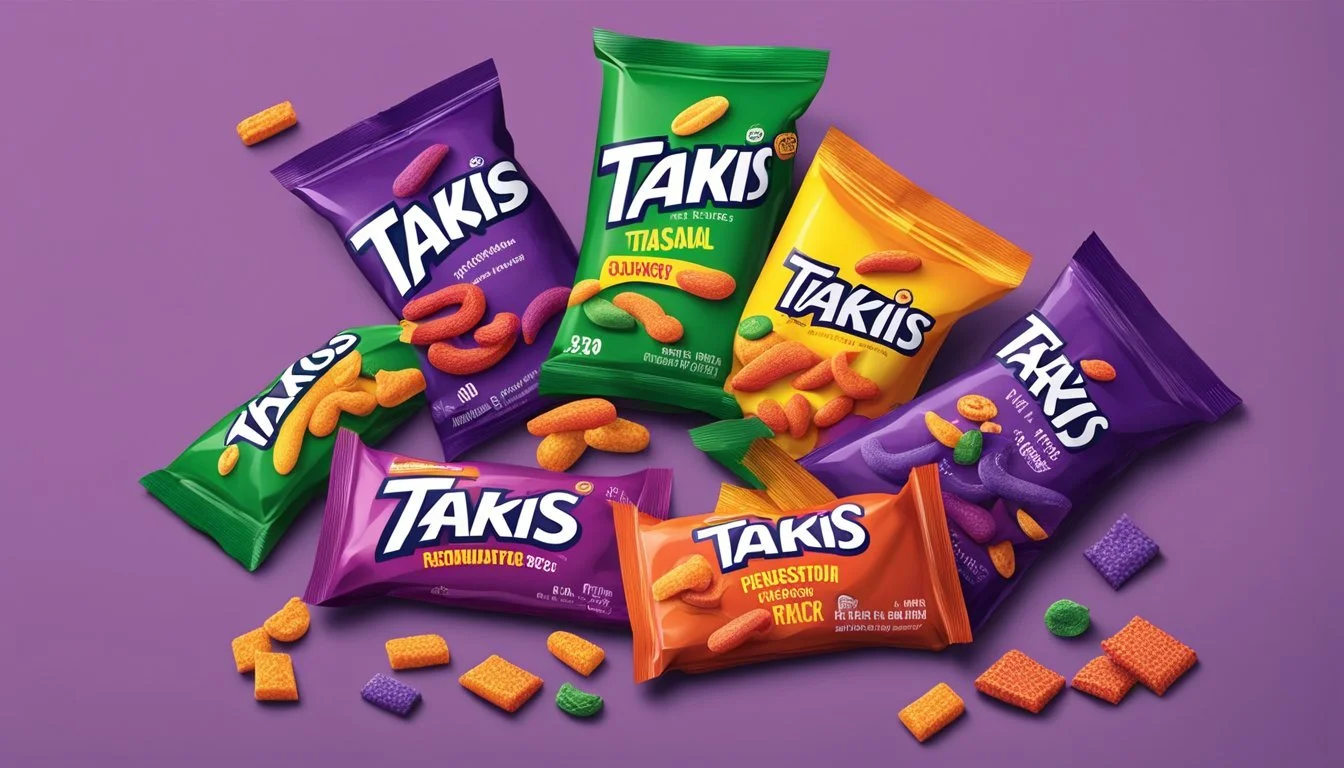How Many Servings of Takis Is Too Much
Expert Nutrition Insights
Expert Nutrition Insights
Crunchy, spicy, and undeniably tempting, Takis have become a popular snack for those who crave bold flavors. Despite their addictive taste, it's important to approach this fiery snack with caution. Eating more than one or two servings of Takis a day can be too much, considering their high salt and calorie content.
Each serving of Takis, roughly one ounce, packs around 150 calories and up to 420 milligrams of sodium. With the American Heart Association recommending a daily sodium intake of fewer than 2,300 milligrams, indulging in multiple servings can quickly add up. This overconsumption can lead to potential health issues, making moderation crucial.
Especially for those with dietary concerns or health conditions, limiting intake becomes essential. Understanding the nutritional impact of these snacks allows everyone to enjoy them responsibly while avoiding overindulgence.
Understanding Takis
Takis are a popular snack known for their intense spiciness and distinctive rolled shape. To fully grasp the impact of consuming Takis, it's important to understand what they are, their nutritional makeup, and their nature as processed foods.
What Are Takis?
Takis are a brand of rolled corn tortilla chips created by Barcel, a subsidiary of Grupo Bimbo. These chips are renowned for their bold, spicy flavors, such as Fuego, Nitro, and Blue Heat.
Ingredients often include corn masa flour, vegetable oil, seasonings, artificial colors, and preservatives. The combination of ingredients and seasoning gives Takis their unique crunchy texture and intense heat. They are marketed primarily as a snack targeting teenagers and young adults who crave extreme flavors.
Nutritional Profile of Snacks
When examining the nutritional content of Takis, it's clear that they are a calorie-dense snack. A typical one-ounce (28 grams) serving contains around:
Calories: 150
Fat: 8 grams
Carbohydrates: 16 grams
Sodium: 420 milligrams
Takis lack significant vitamins and minerals, making them a less nutritious option. The high sodium and fat content may contribute to health issues if consumed in large quantities. Moderation is key in enjoying these spicy snacks without adverse effects.
Assessing Processed Foods
Takis fall under the category of processed foods, which are often characterized by added preservatives, artificial flavors, and colors. Processed foods tend to have higher levels of salt, sugar, and unhealthy fats, which can lead to health concerns over time.
Regular consumption of heavily processed snacks like Takis may increase the risk of obesity, heart disease, and other chronic conditions. One must consider the cumulative impact of these products on overall health and strive to balance them with more wholesome food choices for better long-term wellness.
By understanding these facets, individuals can make informed decisions about including snacks like Takis in their diet.
Health Considerations
When eating Takis, one must consider the impact on health, including effects on blood pressure due to sodium, the nutritional balance, and how spicy foods affect specific conditions.
Sodium and Blood Pressure
Takis are known to contain high levels of sodium, which can impact blood pressure. Excessive sodium intake is linked to hypertension, a significant risk factor for heart disease and stroke. A single serving of Takis can contain as much as 420 mg of sodium, which is about 18% of the Recommended Daily Allowance (RDA) for an average adult. Consistently consuming high-sodium snacks can lead to increased blood pressure and may exacerbate conditions such as heart disease and kidney disease. Monitoring sodium intake is crucial, especially for individuals predisposed to high blood pressure.
Nutrition and Balanced Diet
Takis are high in calories, fat, and carbohydrates but low in essential nutrients. Typical servings of Takis offer limited vitamins, minerals, and dietary fiber. For instance, a single serving can have 8 grams of fat and 16 grams of carbohydrates, contributing to obesity if consumed in large quantities. Additionally, the lack of necessary nutrients means that relying on Takis as a snack can lead to a nutrient deficiency, affecting overall health and energy levels. For a balanced diet, it's essential to include a variety of foods rich in vitamins, minerals, and fiber to support bodily functions and prevent diseases like type 2 diabetes and certain cancers.
Specific Conditions and Spicy Foods
Spicy foods may trigger specific health conditions. For some, consuming foods like Takis can lead to gastrointestinal distress, including acid reflux or exacerbation of irritable bowel syndrome (IBS). Individuals with gastric ulcers or GERD (Gastroesophageal Reflux Disease) might find that the spiciness aggravates their symptoms. Additionally, frequent consumption of spicy snacks can potentially contribute to the development of gastritis. Moderation is vital; individuals with pre-existing conditions should consult healthcare providers to understand how such foods may impact their health.
Takis Consumption and Health Risks
Eating Takis in large quantities can have several health implications. The primary concerns include digestive issues caused by their spiciness, long-term health risks due to high sodium content, and potential challenges related to weight management.
Digestive Issues from Spicy Snack Foods
Spicy snacks like Takis can cause gastritis, a condition where the stomach lining is inflamed. Stomach pain, heartburn, and bloating are common symptoms associated with consuming too many spicy foods.
Eating large amounts of spicy snacks can irritate the gastrointestinal tract. For those with sensitive stomachs, even small quantities can lead to discomfort and digestive problems. In extreme cases, frequent consumption may exacerbate existing digestive conditions.
Long-Term Health Risks of High Sodium Snacks
Takis are high in sodium, with a single serving containing up to 420 milligrams. Excessive sodium intake is linked to increased blood pressure, which is a major risk factor for heart disease and strokes.
Over time, consuming high-sodium snacks can negatively impact heart health. Frequent headaches can also occur due to imbalanced sodium levels. The American Heart Association recommends limiting sodium intake to manage these risks.
Weight Management and High Calorie Snacks
Each serving of Takis contains about 150 calories, but the fat content in these snacks can contribute significantly to weight gain. Consuming multiple servings in one sitting quickly adds up in terms of calorie intake.
High-calorie snacks are also addictive, making it easy to eat more than intended. This can cause obesity and increased risk for type 2 diabetes. Being mindful of portion sizes and consumption frequency is essential when managing weight.
Recommended Intake
Moderation is crucial when consuming spicy snacks like Takis. It’s important to understand portion sizes, adhere to mindful snacking guidelines, and consider healthier alternatives.
Understanding Serving Sizes
A standard serving size of Takis is about 1 ounce, or roughly 28 grams. This portion contains around 150 calories and high amounts of sodium, approximately 390-420 milligrams per serving.
Given the American Heart Association’s recommendation of fewer than 2,300 milligrams of sodium per day, indulging in more than 4-5 servings can quickly exceed this limit.
Guidelines for Snacking Mindfully
Maintaining a balanced diet requires mindful snacking practices. First, always check the serving size on the package and measure portions accordingly. Consume small amounts and avoid eating directly from the bag to prevent overeating.
Pair Takis with nutrient-dense foods like vegetables or a protein source to balance the snack's high sodium content. This helps maintain overall nutritional balance.
Alternatives to Takis
For those who enjoy spicy snacks but are concerned about health impacts, there are various alternatives. Opt for baked snacks or those with reduced sodium content. Making homemade spicy snacks with natural seasonings can also be healthier.
Comparing nutritional labels and choosing snacks with fewer calories and less sodium will contribute to a more balanced diet.
Takis Varieties and Ingredients
Takis are well-known for their spicy flavors and unique textures. Understanding the variety and ingredients of these snacks can help you make informed choices.
Popular Flavors of Takis
Takis come in several popular flavors, each providing a unique taste experience. Takis Fuego is perhaps the most famous, combining intense heat with a tangy lime flavor. Other variants include Takis Nitro, which combines habanero and lime, and Takis Crunchy Fajitas, offering a milder, fajita-inspired taste.
Here is a list of some popular Takis flavors:
Takis Fuego: Hot chili pepper and lime.
Takis Nitro: Habanero and lime.
Takis Crunchy Fajitas: Fajita flavor.
Takis Guacamole: Guacamole flavor.
Each flavor uses a specific blend of spices and seasonings to achieve its signature taste.
Ingredients and Additives
The primary ingredients in Takis are refined maize flour and various oils like vegetable oil. These base ingredients are then combined with a variety of seasonings and flavorings to create the distinct taste.
The snacks are known for their bold use of spices and seasonings. Artificial flavors and colors are also included to enhance the appearance and taste. Common additives include monosodium glutamate (MSG) and other flavor enhancers.
A typical ingredient list for Takis might look like:
Refined maize flour
Vegetable oil (often a blend of soybean and canola oils)
Spices and seasonings
Artificial flavors and colors
Acidity regulators like citric acid
Understanding these ingredients can help consumers make mindful eating choices.


